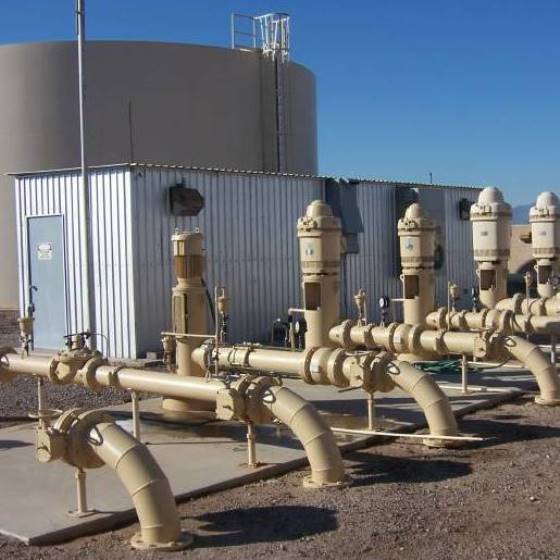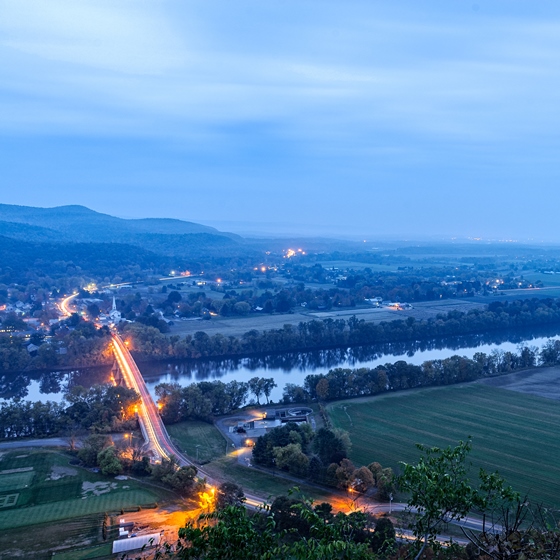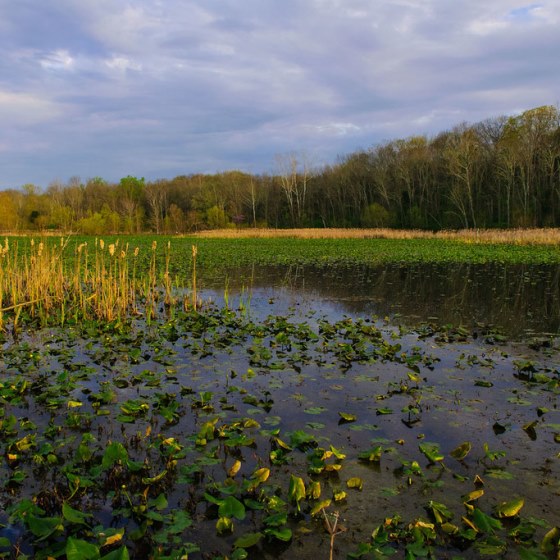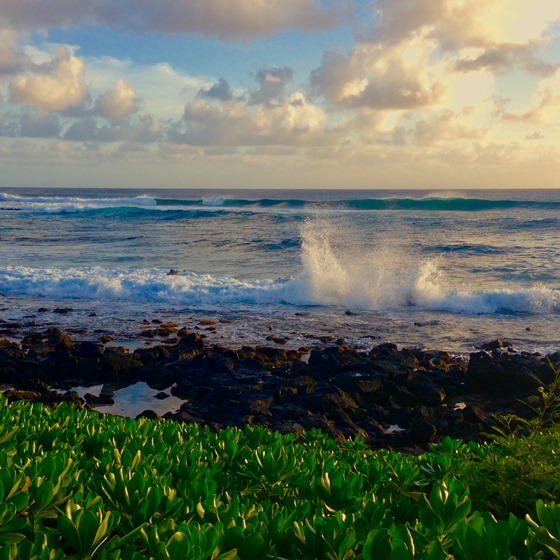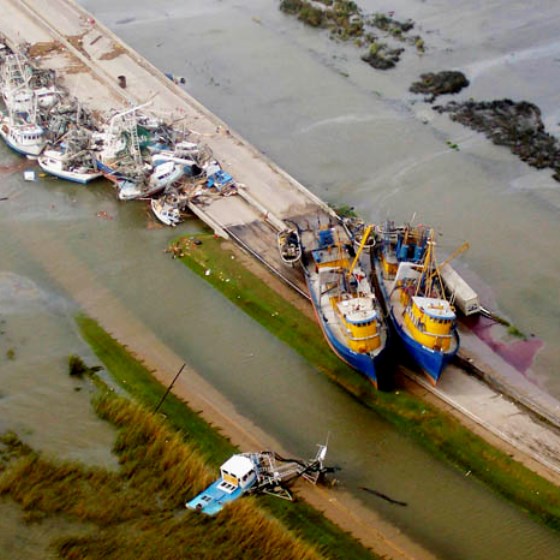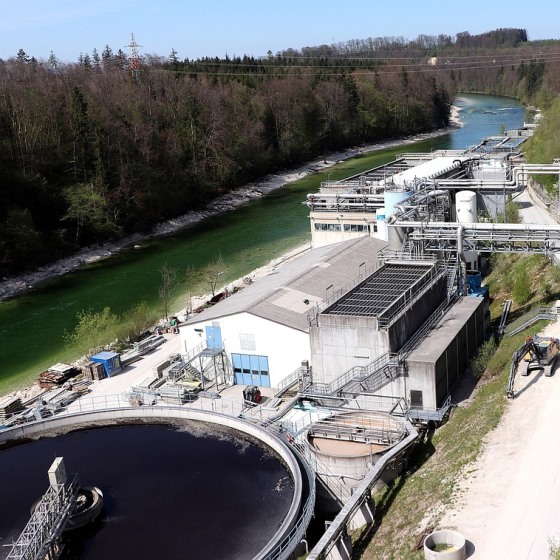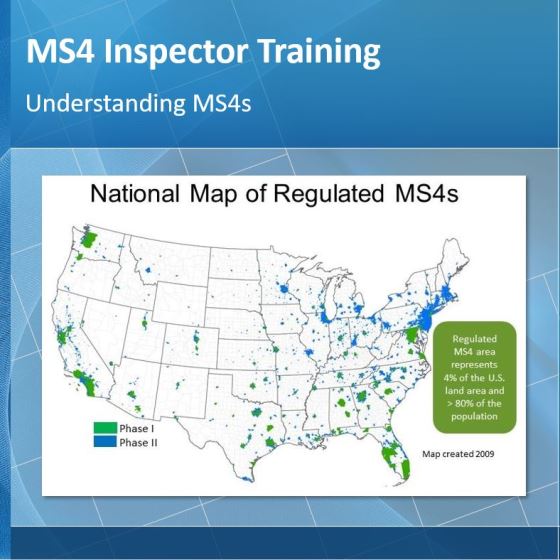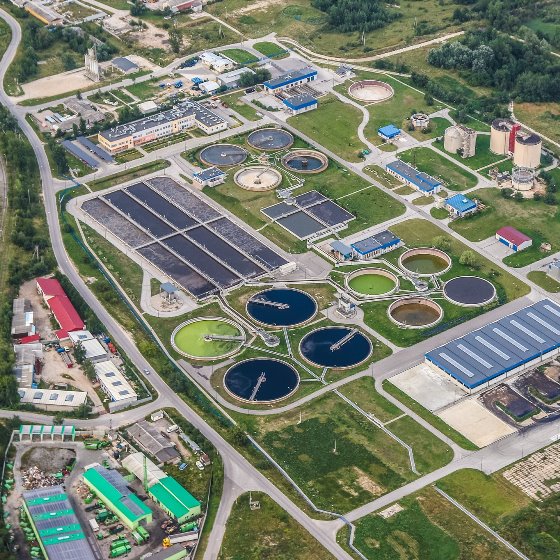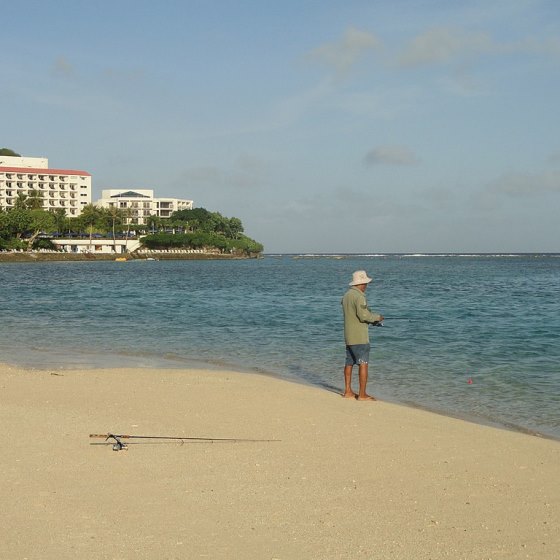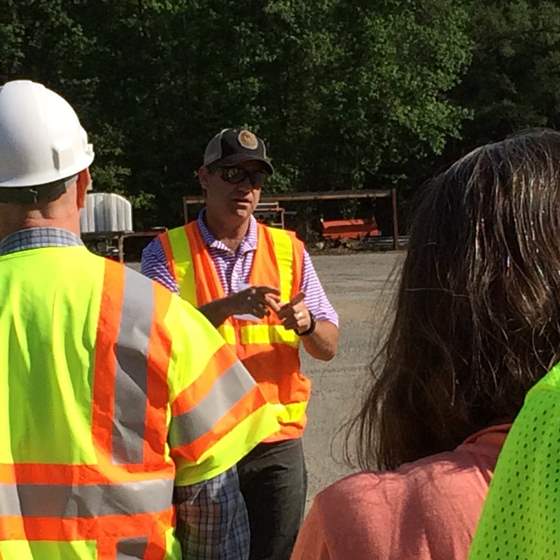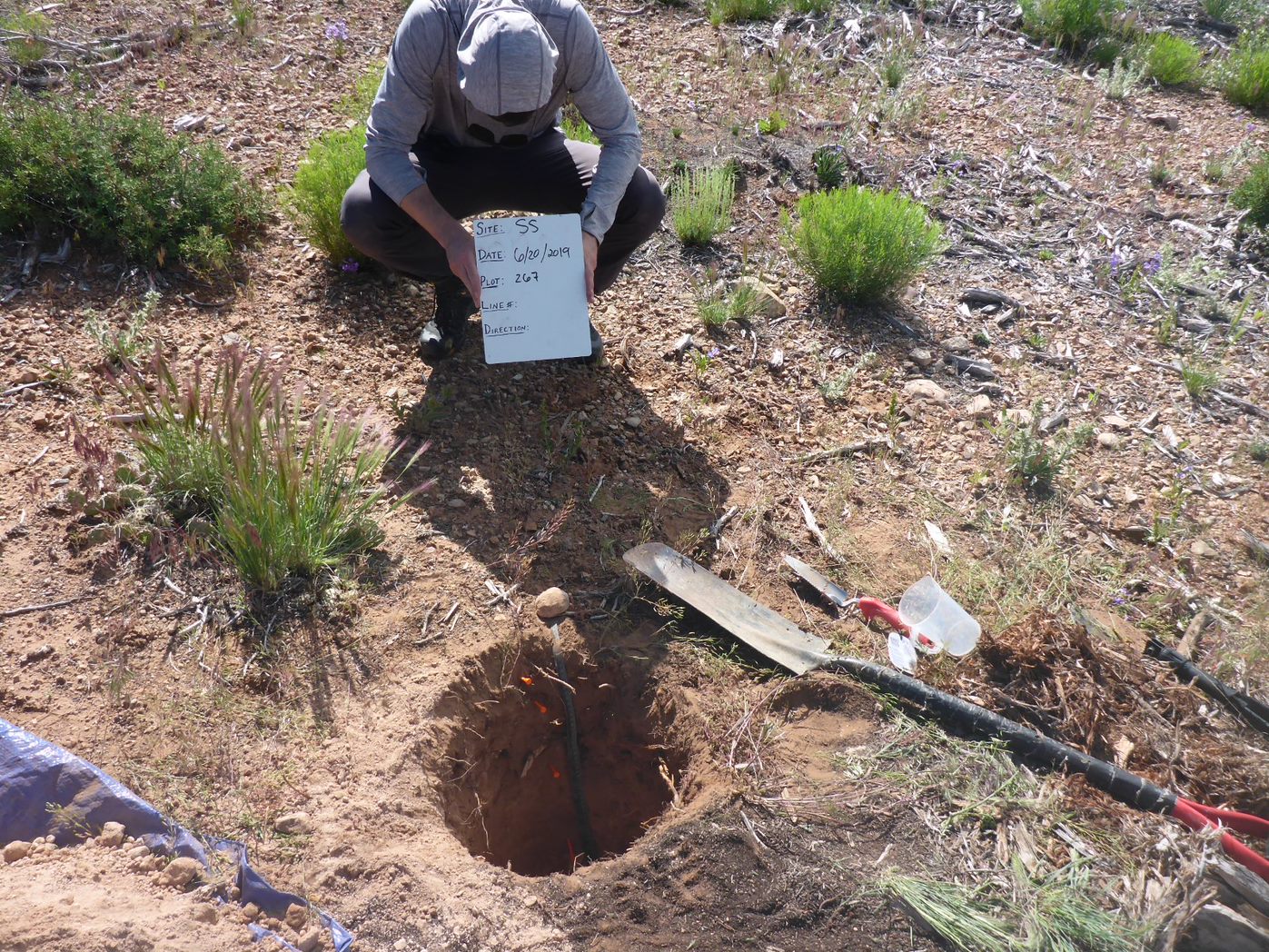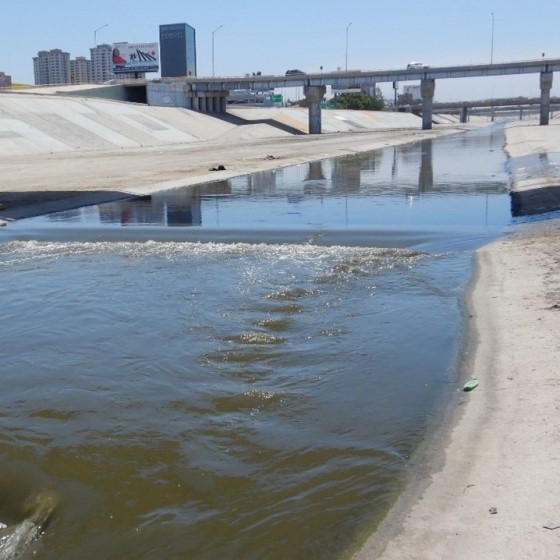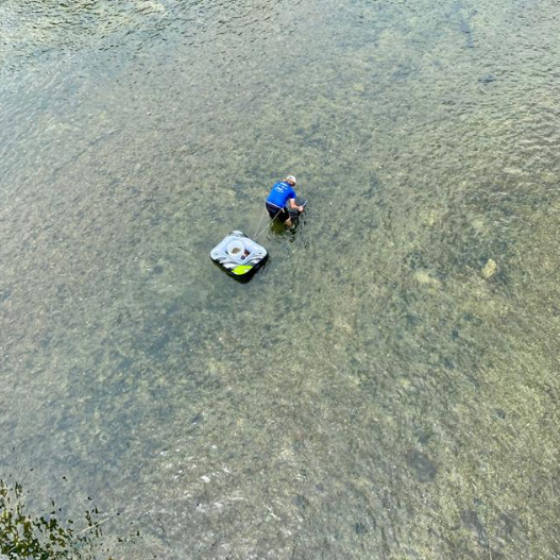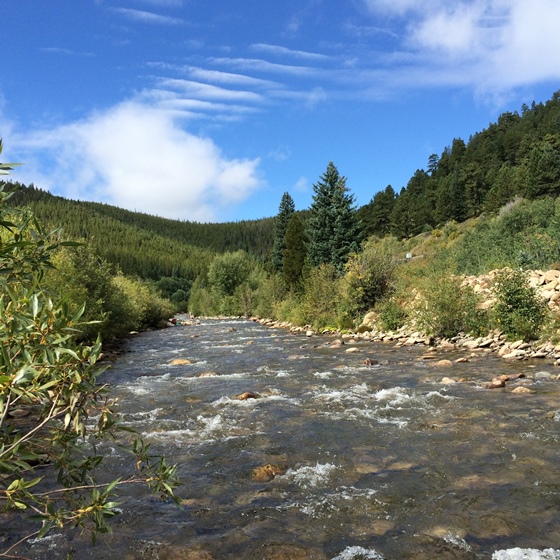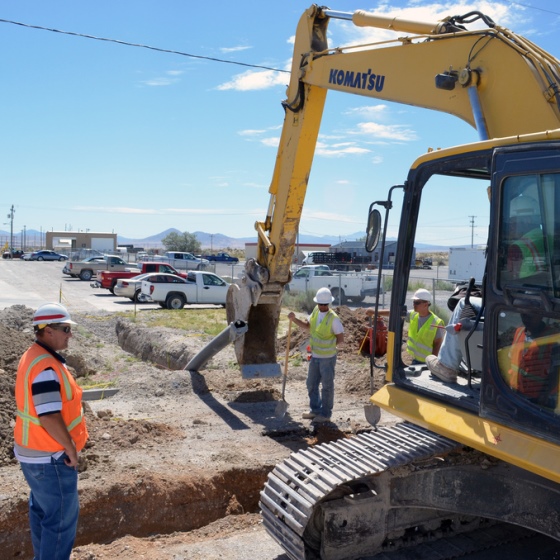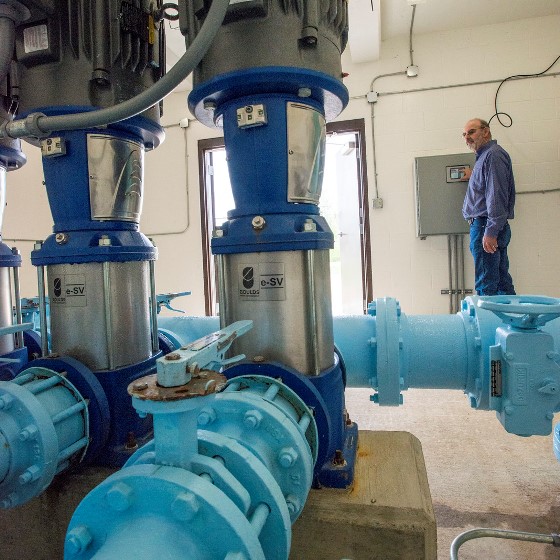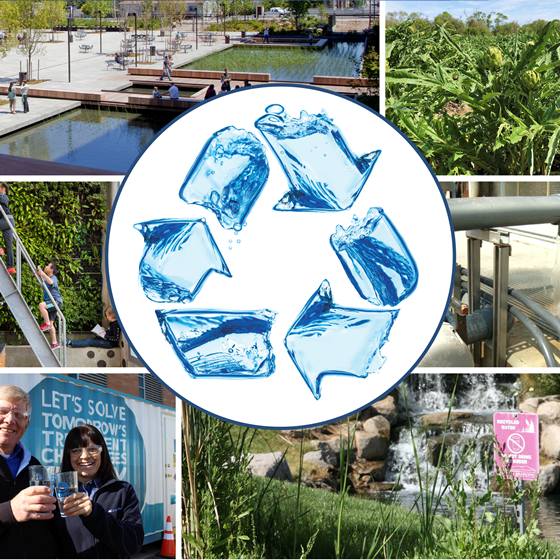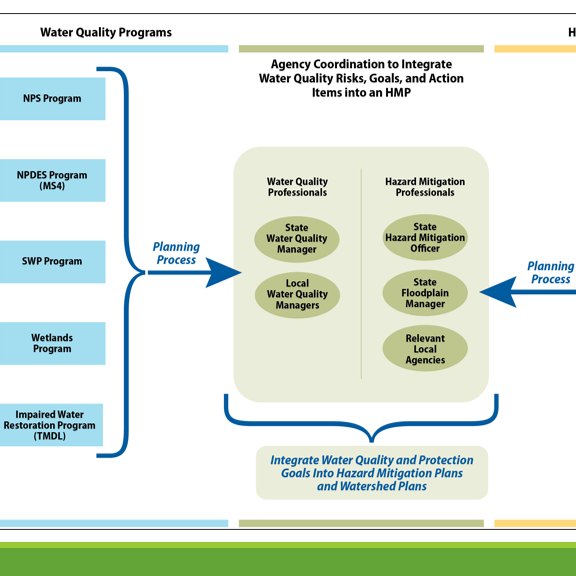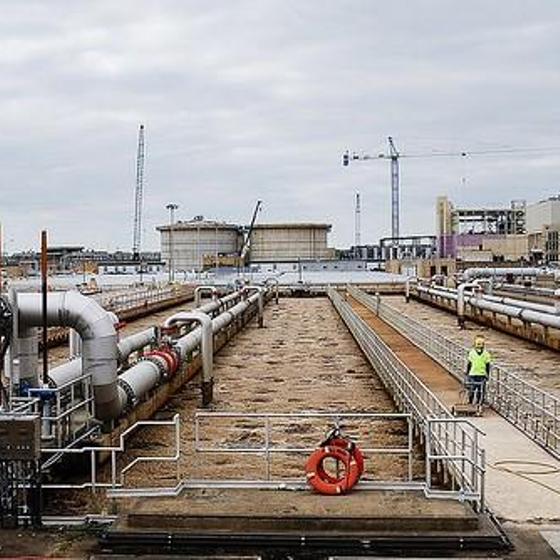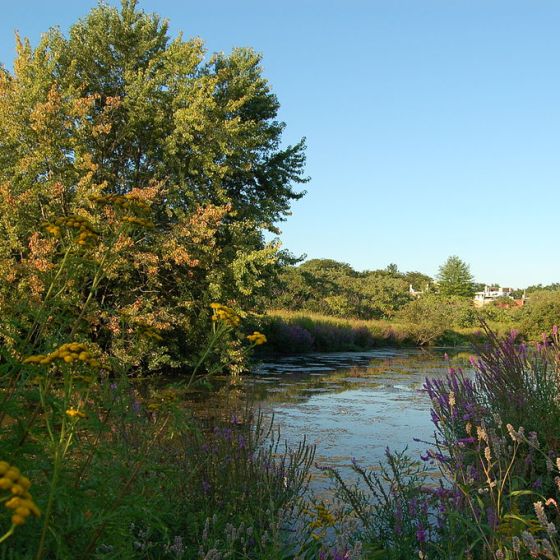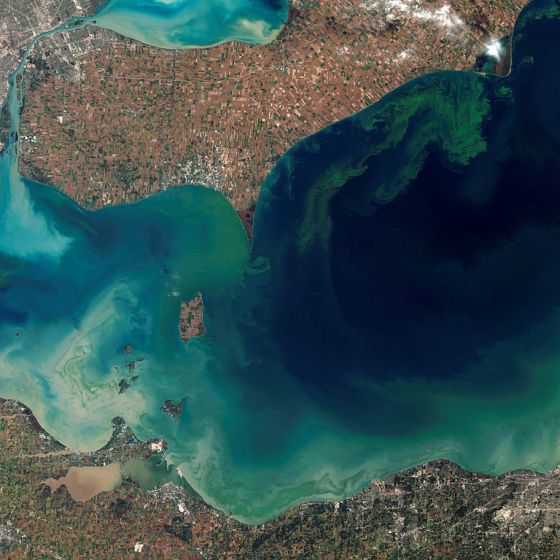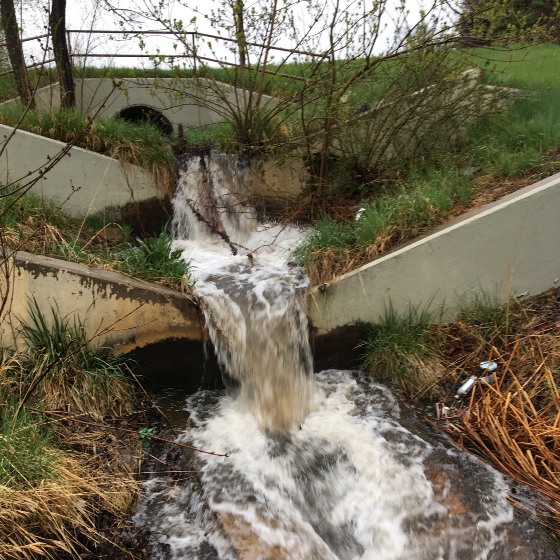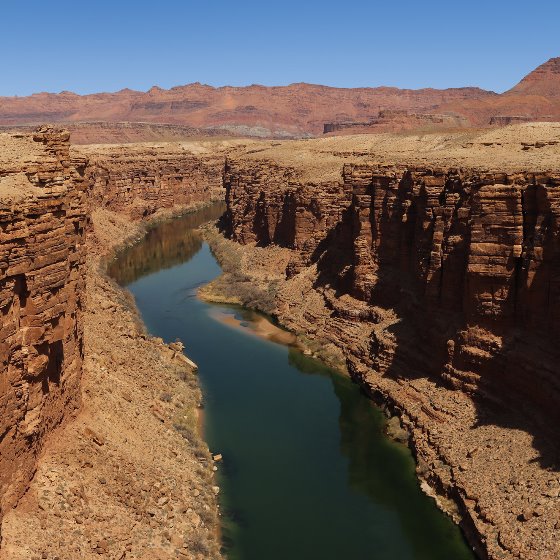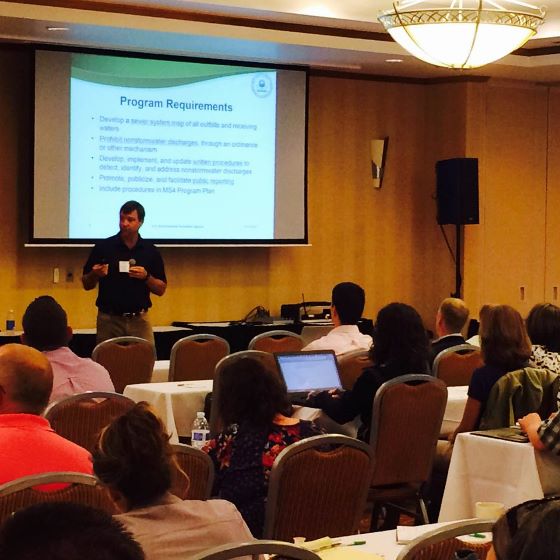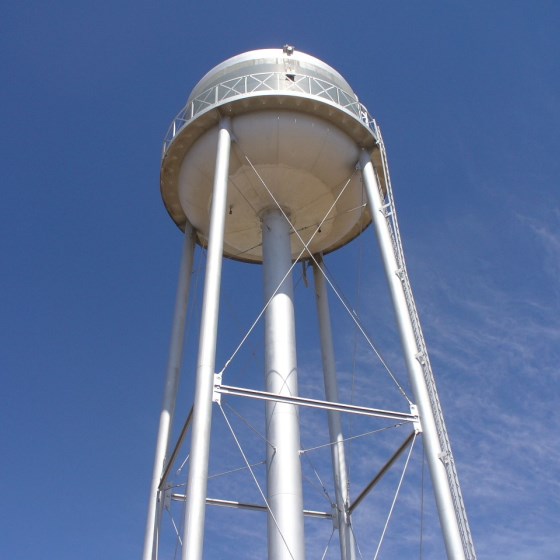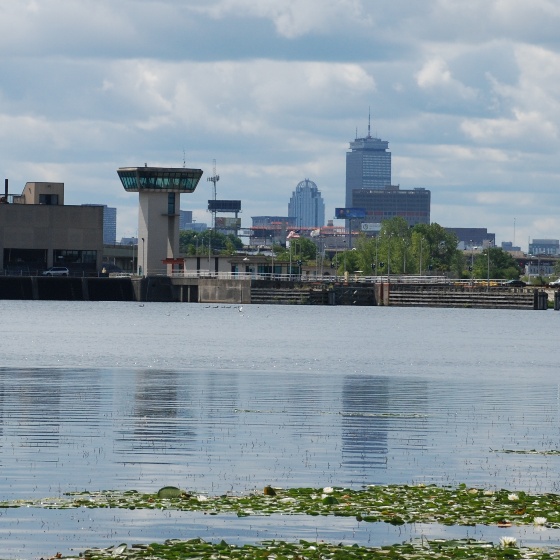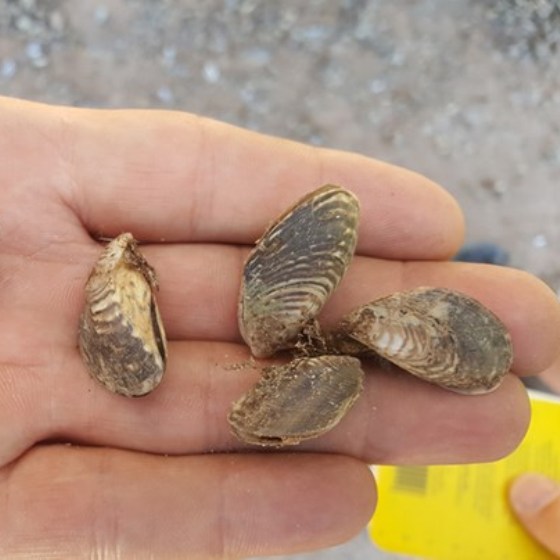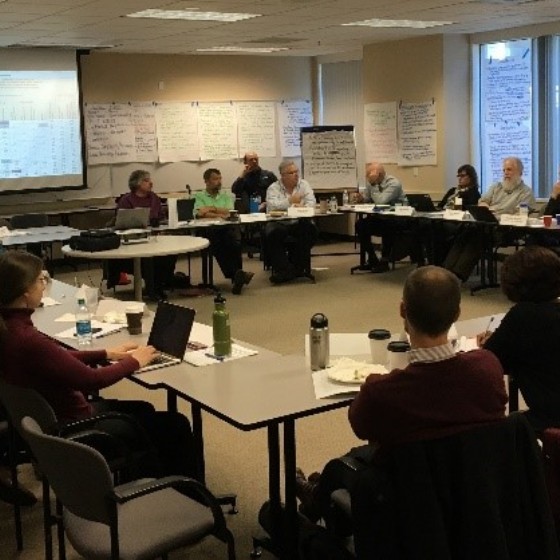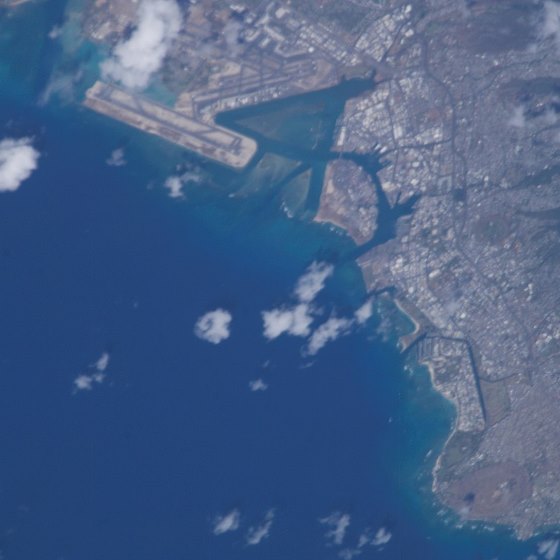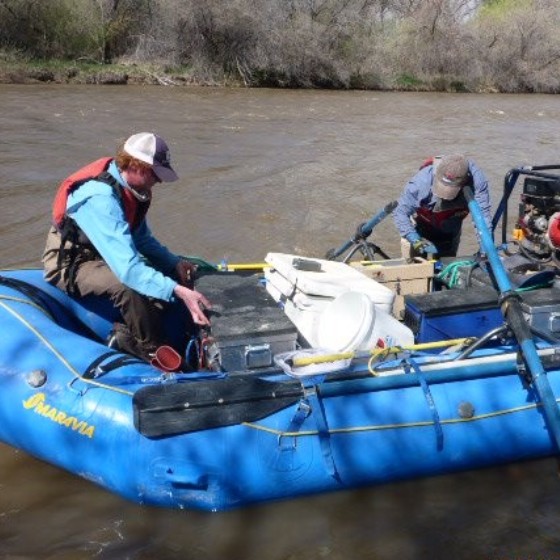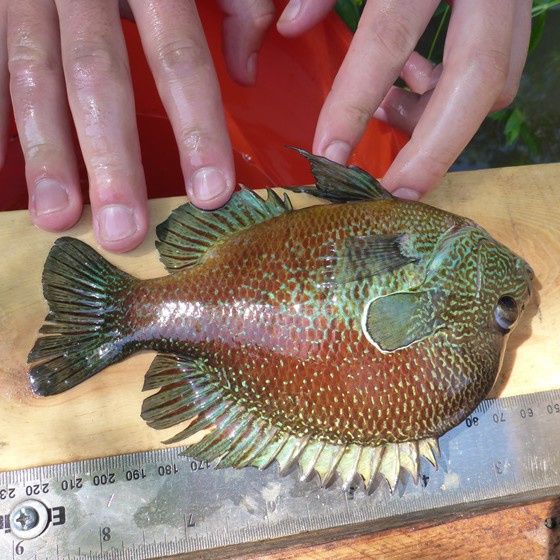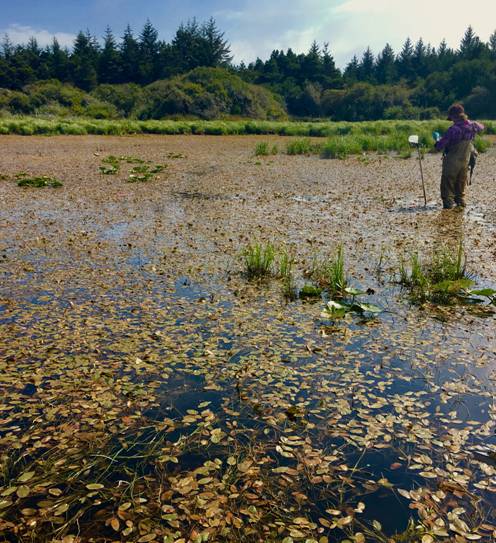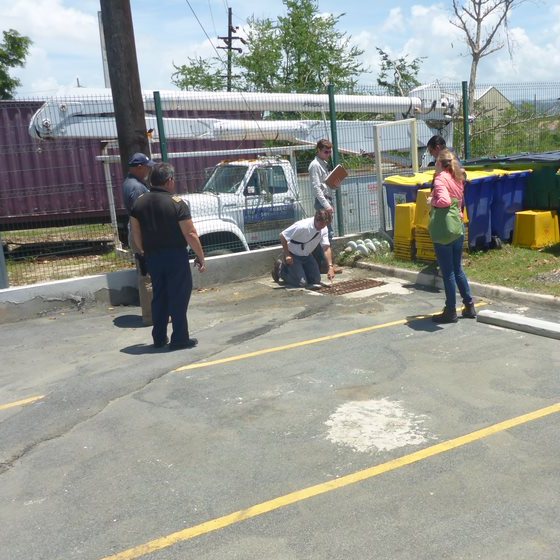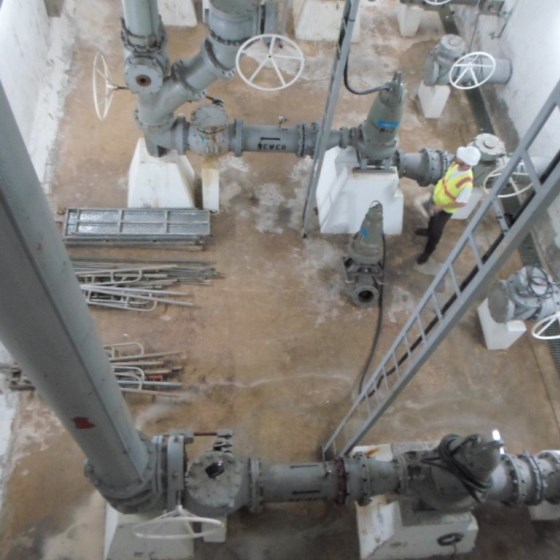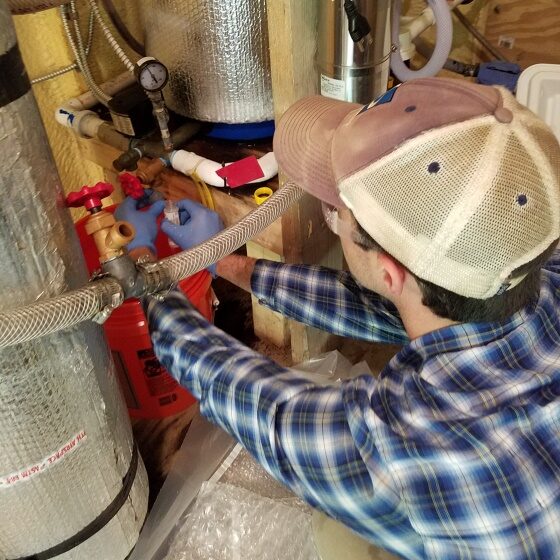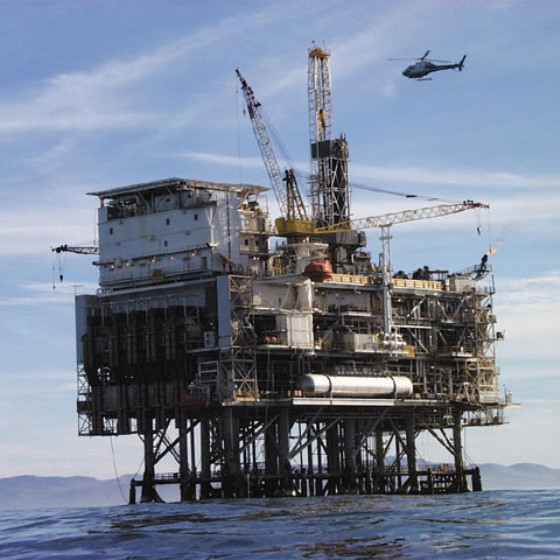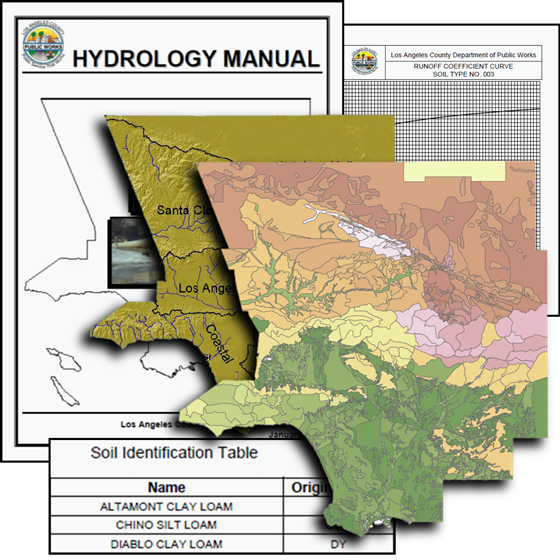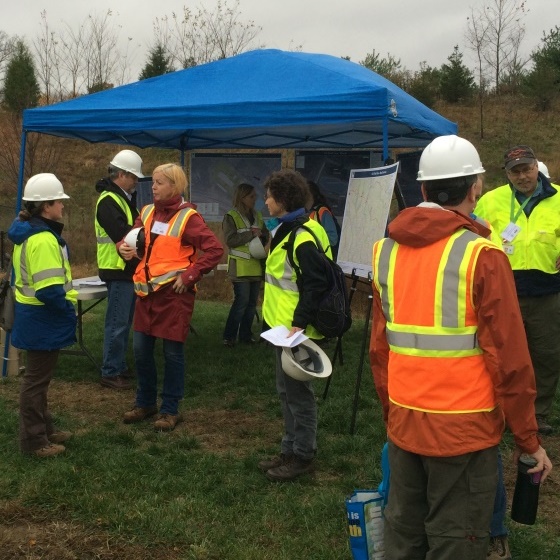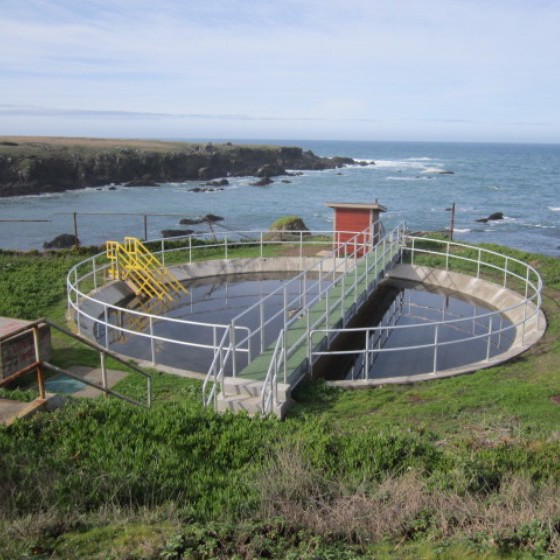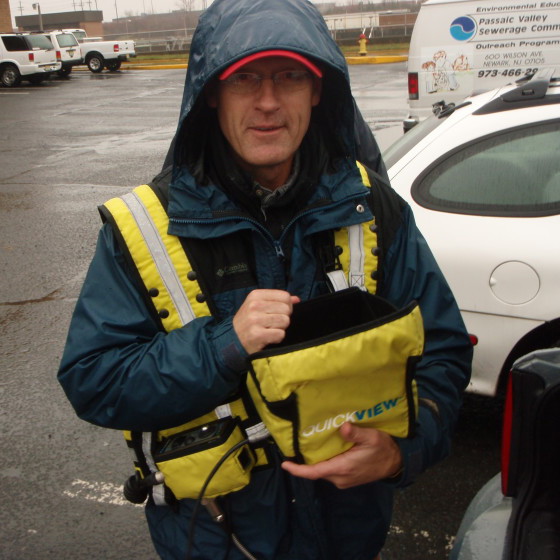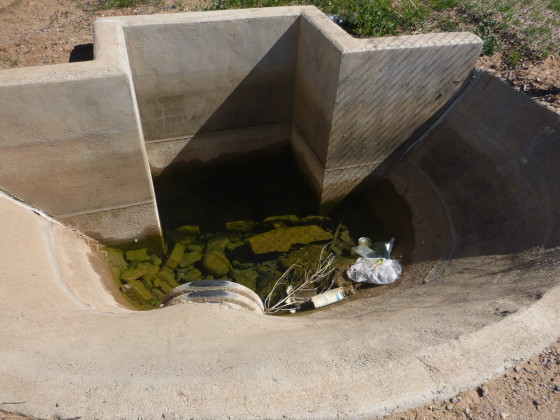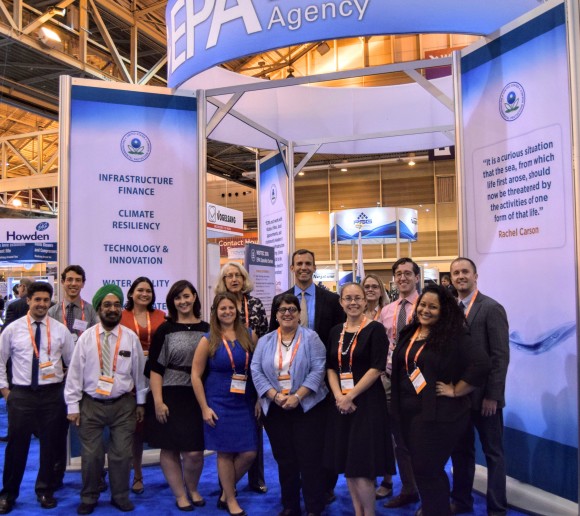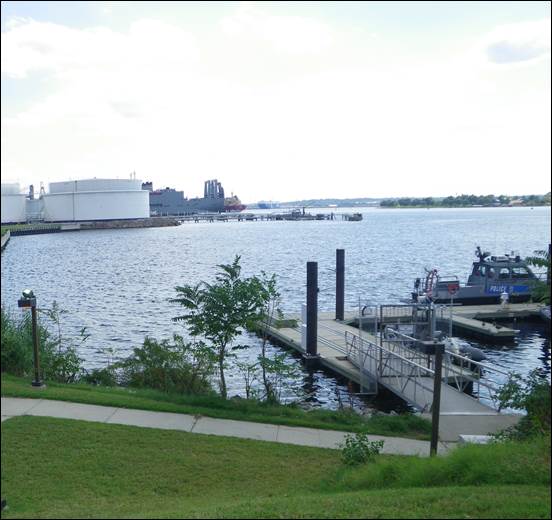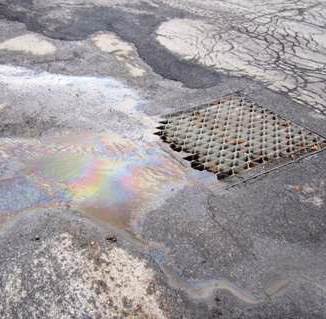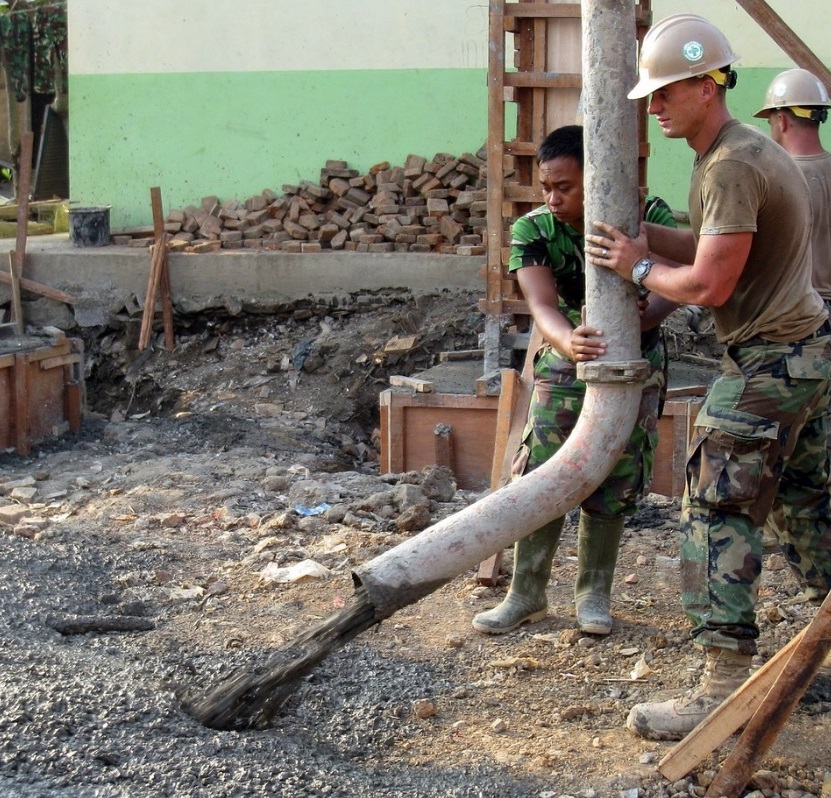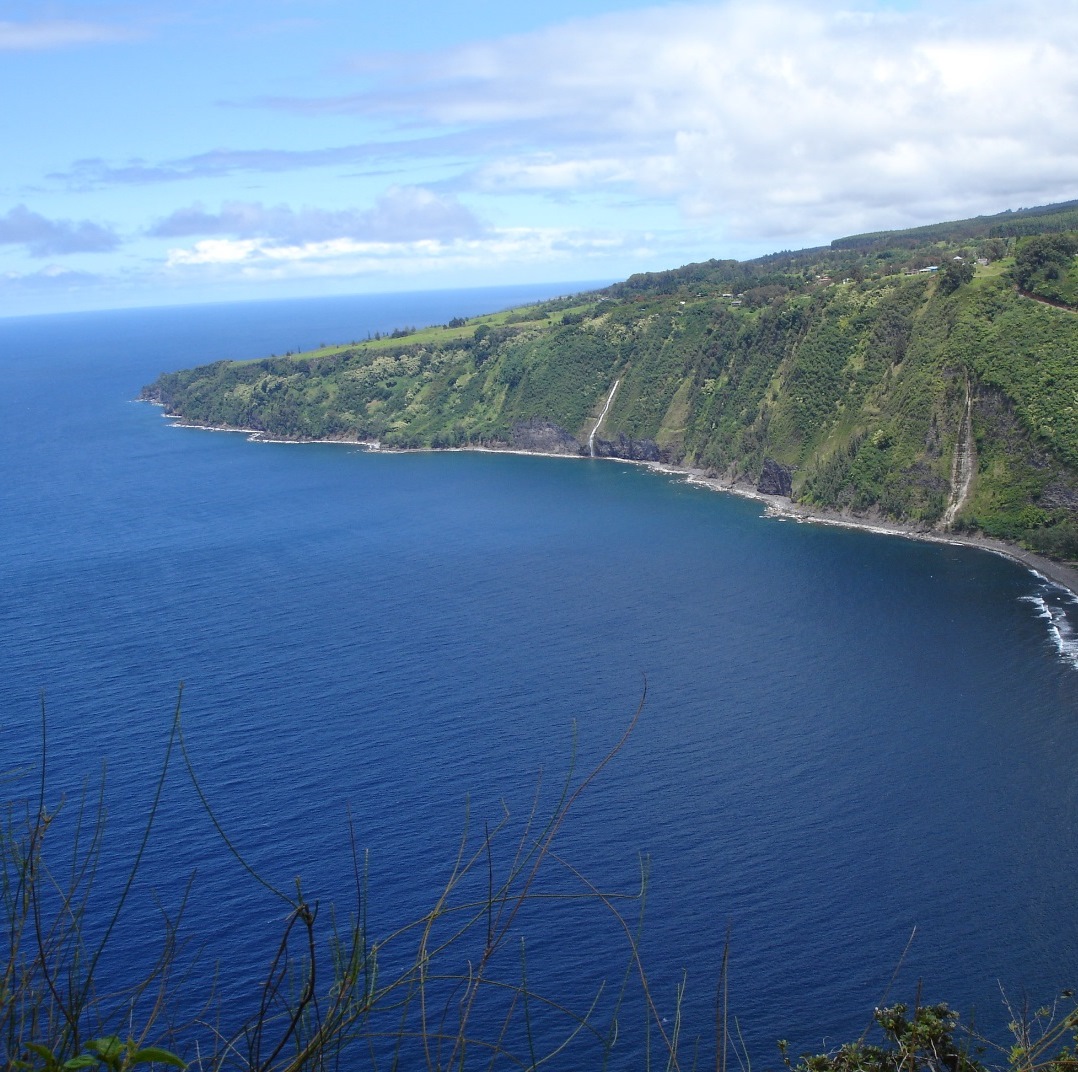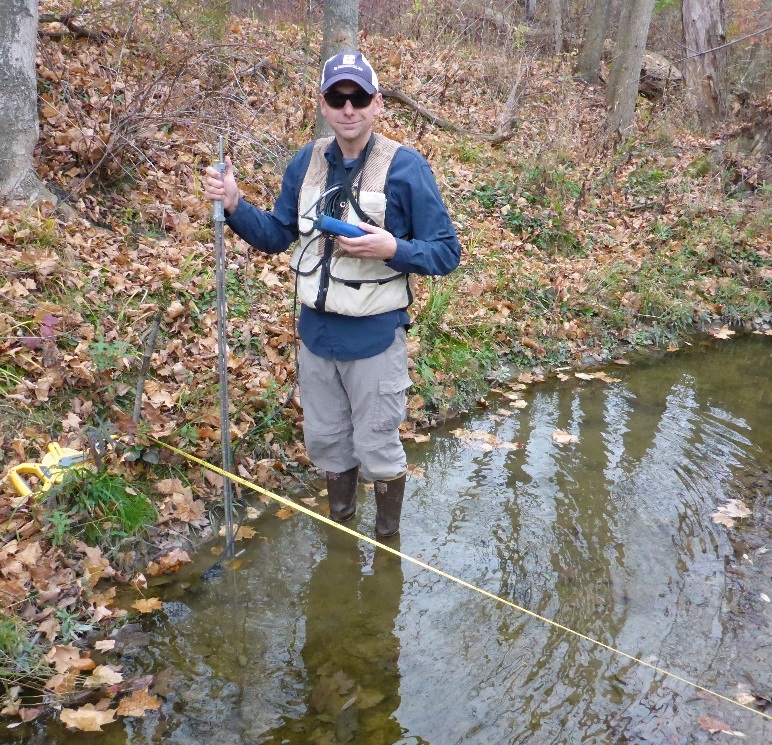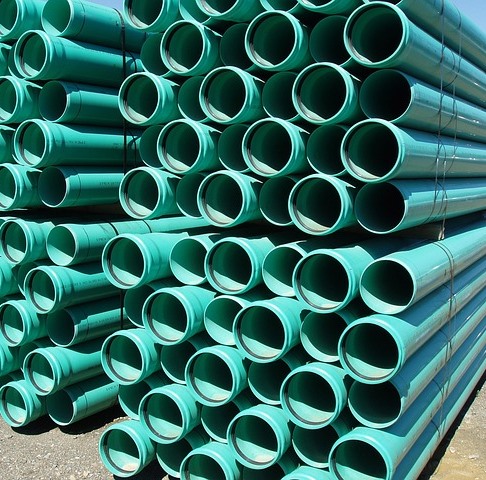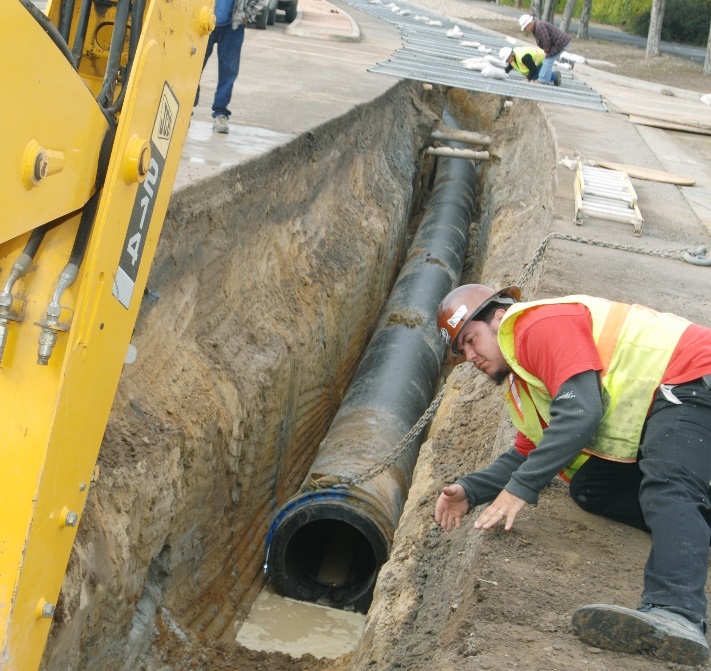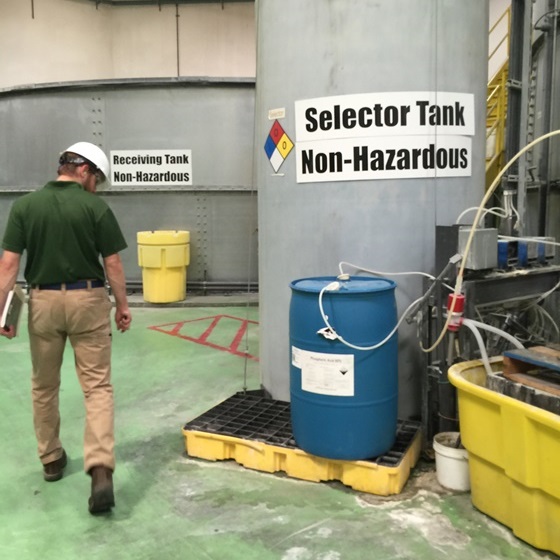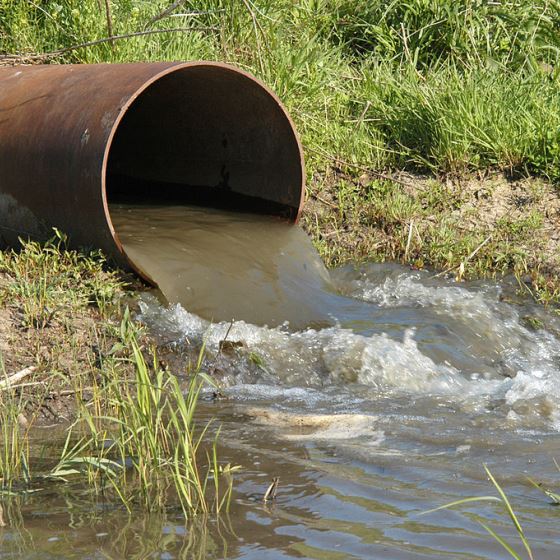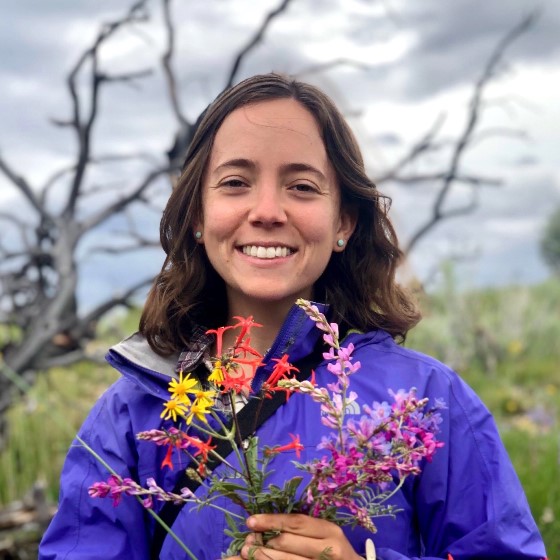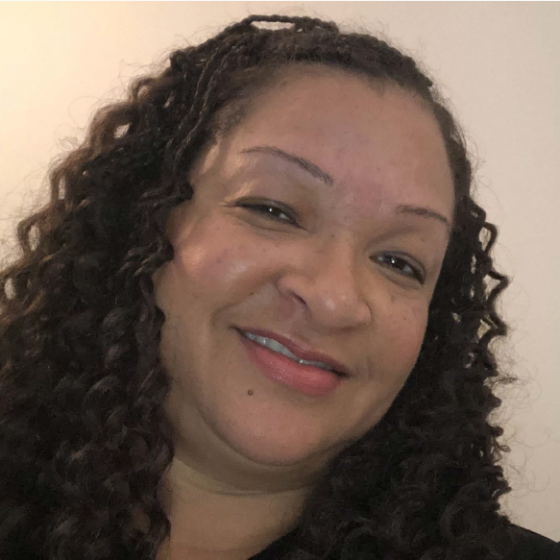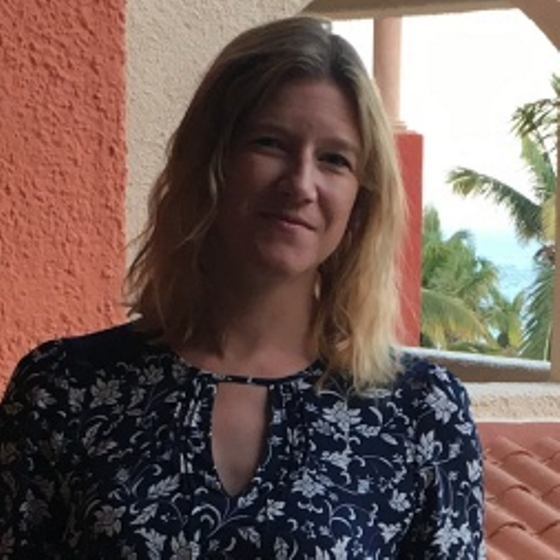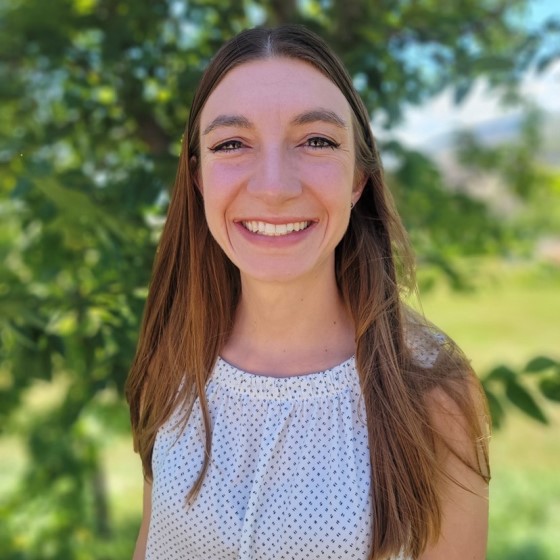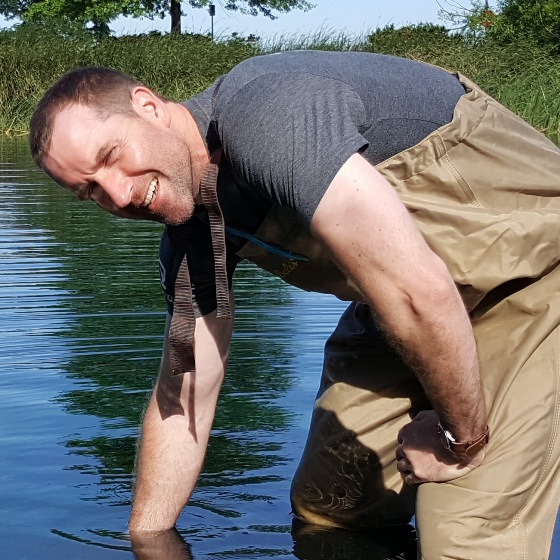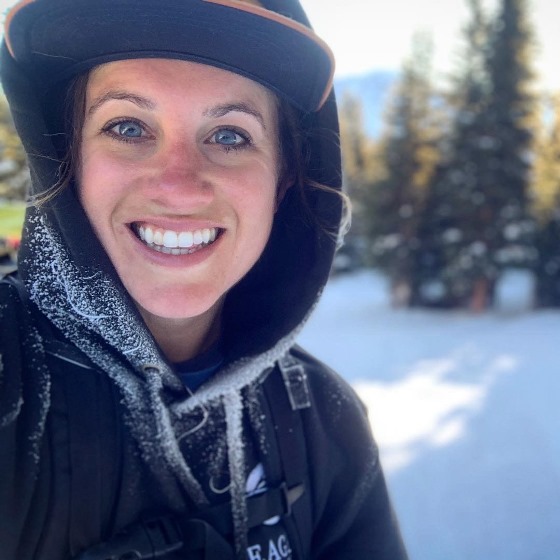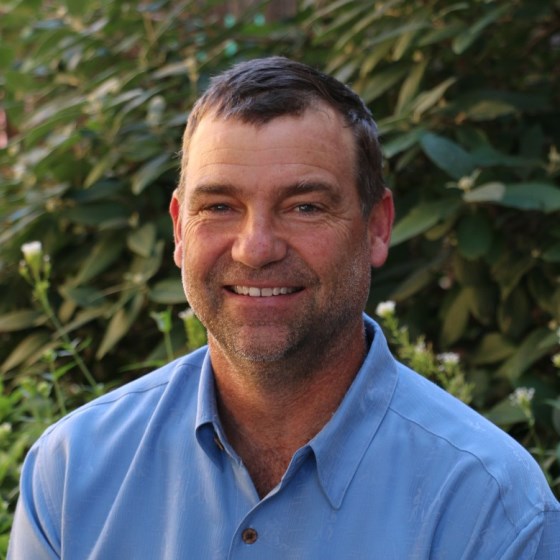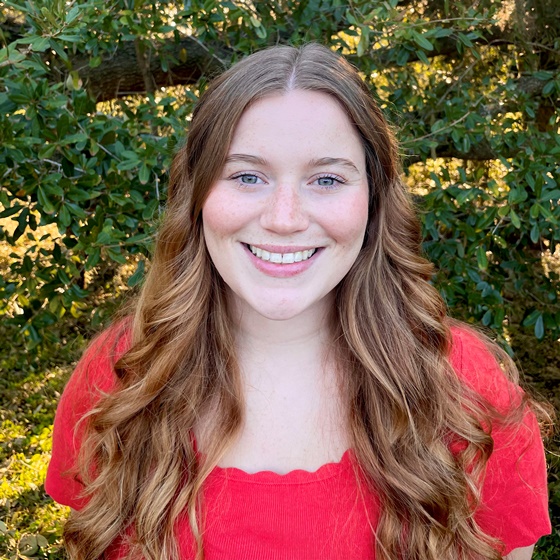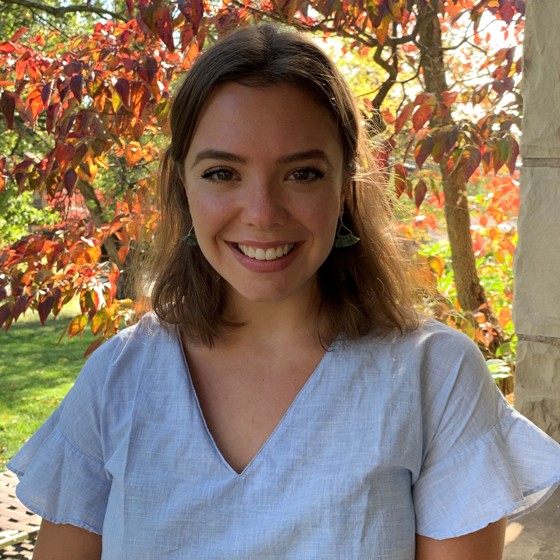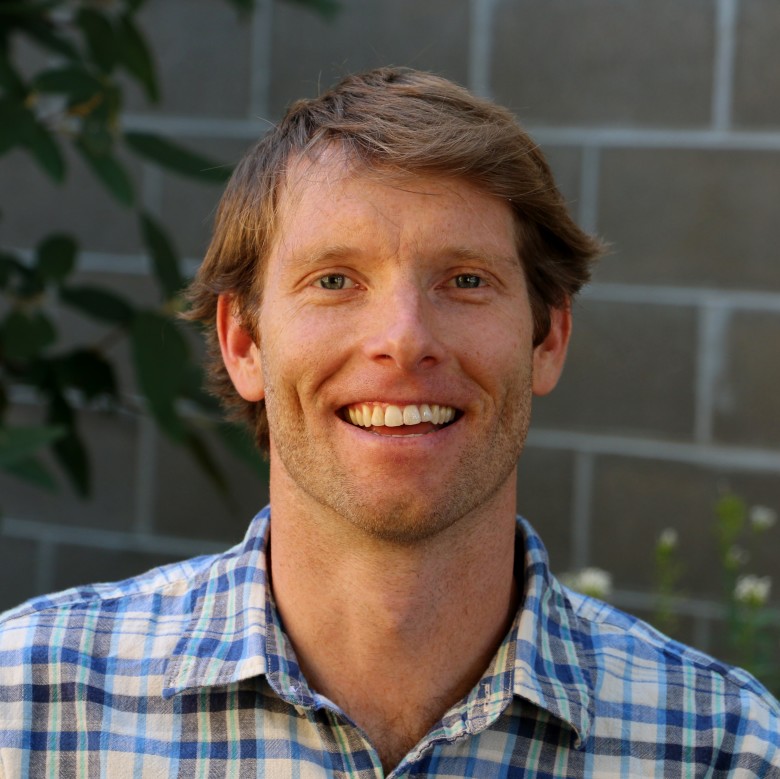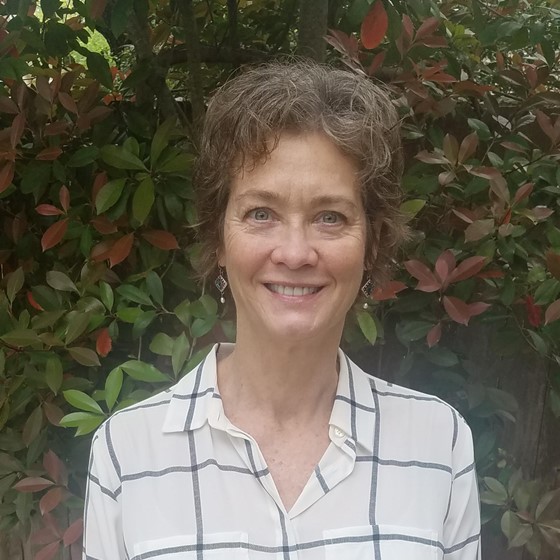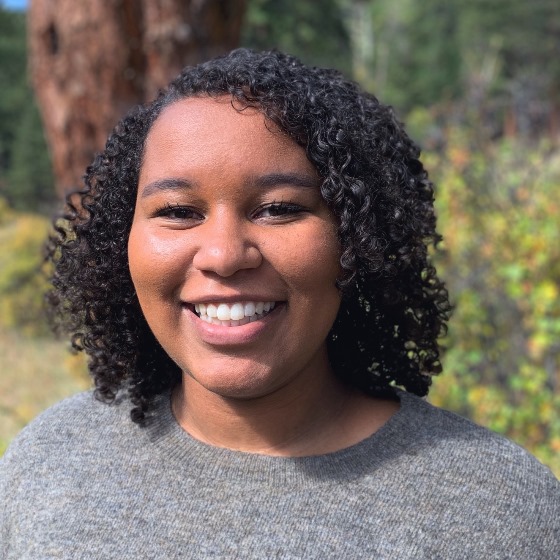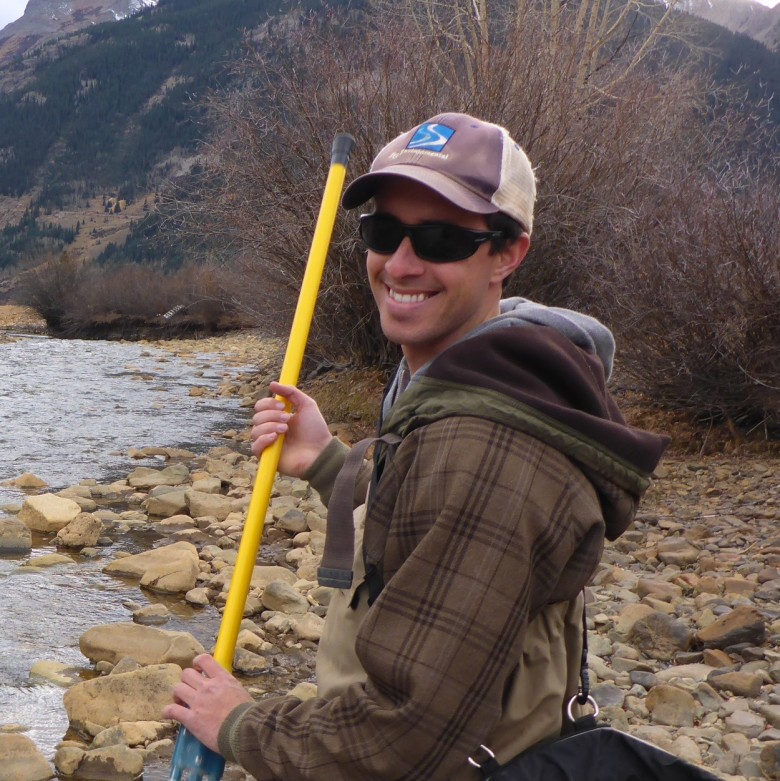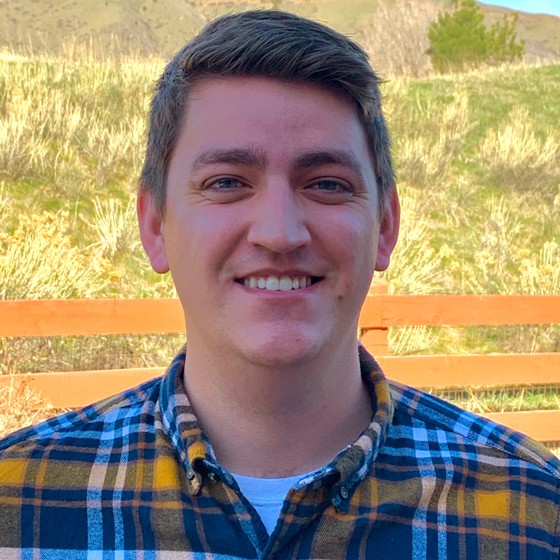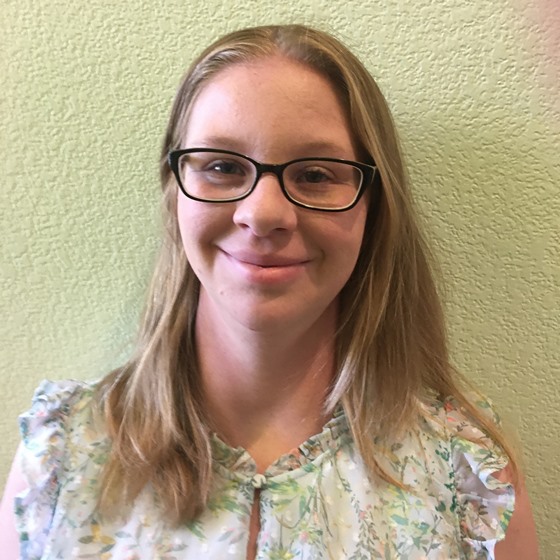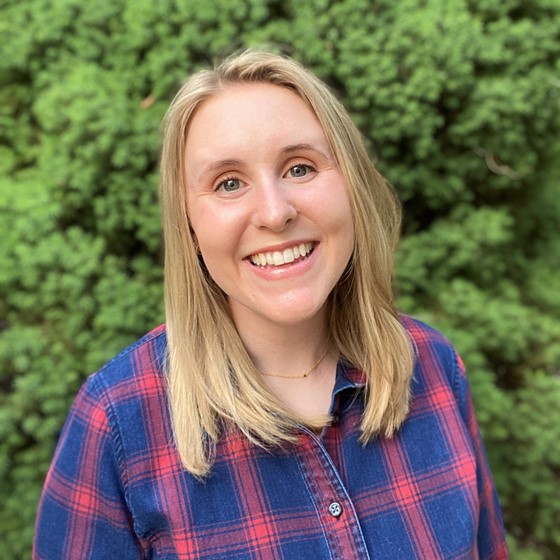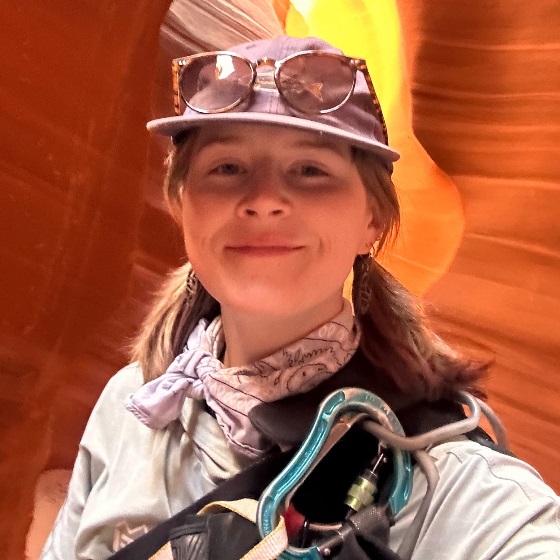-
NPDES Permitting
PG has provided extensive National Pollutant Discharge Elimination System (NPDES) program support to multiple states and EPA, drafting over 1,000 permits spanning all aspects of the NPDES universe, including publicly owned treatments works, industrial facilities, industrial and construction stormwater, CAFOs, and MS4s. We have drafted permit packages, responded to public comments, provided expert witness testimony, developed implementation procedures, and delivered tailored on-site training. PG’s permitting experts can help optimize the NPDES process at the federal, state, or tribal level to reduce backlogs and help ensure timely issuance.
-
Compliance & Enforcement
PG’s credentialed inspectors have reviewed hundreds of facilities, systems, and programs across the country for compliance with various regulatory programs (e.g., Clean Water Act, Safe Drinking Water Act, Oil Pollution Act). We have assessed combined and separate sanitary sewer systems, construction sites and industrial facilities, MS4s, industrial pretreatment programs, and CAFOs—not to mention countless major and minor NPDES dischargers. PG senior professionals are also uniquely qualified to support Clean Water Act enforcement efforts based on decades of real-world experience and extensive, detailed knowledge of water quality programs and their regulated communities. That’s why, for a variety of complex and nationally significant cases, U.S. EPA and the Department of Justice have frequently accessed our team to build cases, serve as expert witnesses, and support negotiations and settlement discussions. From routine site visits, diagnostic audits, and report submittal reviews to infrastructure analysis/cost estimation and monitoring/modeling to quantify water quality impacts, PG’s highly seasoned team supports a broad range of compliance and enforcement needs.
-
Ecological Monitoring & Assessment
PG scientists design, execute, and manage projects that require an intimate understanding of the complex interactions between water and the environment. Our team has performed hundreds of assessment and monitoring activities designed specifically to inform clients of the ecological integrity of their resources. We specialize in aquatic sampling and monitoring, fish and macroinvertebrate sampling, wetlands assessments, Waters of the United States jurisdictional determinations, field surveys, and biotic assessments and evaluations. For projects big and small, PG leads expert water quality and ecological assessments across all types of U.S. waters and habitats, providing data and information that is a critical foundation for subsequent environmental protection efforts.
-
Drinking Water
Drinking water safety is a top priority for PG and an area of growing focus for our customers. Our team of sampling technicians are well-versed in collecting samples at various points in public distribution systems, working with community stakeholders, and coordinating logistics to ensure sample integrity. We can evaluate a system’s infrastructure, treatment, distribution, and storage, as well as facility operations and management, to help maintain public health and assess compliance with federal regulations.
-
Watershed Assessment & TMDLs
PG scientists and engineers use data analyses, geographic information systems (GIS), and computer modeling, among other tools, to characterize and understand our watersheds. We assess waterbodies using a scientifically-sound approach that considers all possible sources and conditions influencing water, sediment, and tissue quality. Our team has evaluated hundreds of waterbodies, including efforts conducted as part of total maximum daily load (TMDL) projects, informing 305(b) reports and 303(d) listing decisions, monitoring recommendations, and implementation planning, including best management practice (BMP) selection. When completing TMDLs, PG professionals build on these assessments to develop the linkage between sources and water quality standards and to calculate existing loads and the loading capacity to attain applicable standards. We routinely combine these evaluations with our other service areas for a data-driven and comprehensive approach to improving water quality across all types of U.S. waters. PG’s experienced, thoughtful, and creative team helps our clients visualize, quantify, and communicate watershed conditions and impacts to pollutant loads associated with changes in land use, climate, and implementation activities, establishing a defensible foundation for their management decisions.
-
Nonpoint Source Program
PG’s team of scientists and policy analysts supports regulatory partners in addressing stormwater runoff in urban and agricultural areas across the United States. Using both traditional and innovative approaches, we develop nonpoint source control solutions to mitigate the impact of this significant source of water quality pollution, including policy frameworks and program planning in accordance with Clean Water Act section 319 requirements. We also help our customers develop regulatory measures for nonpoint source concerns that are not adequately addressed through voluntary programs. Those solutions include development of full regulatory programs, draft code language, and land lease agreements. Regardless of approach, we work collaboratively with the customer and their agency partners throughout the process to identify the best option to fit local needs.
-
Water Infrastructure Engineering
PG offers a wide range of water infrastructure and engineering support for our EPA and state partners. Improvement to water infrastructure is a top priority for communities and regulatory agencies throughout the U.S., and it is central to many of PG’s activities. Our team of engineers and scientists have engaged in significant efforts to identify opportunities for infrastructure enhancements through project design review, site assessments, long-term planning efforts, and consent negotiations. Whether considering gray, green, or something in between, our goal is to identify reliable, cost-effective approaches that reflect local priorities.
-
Regulatory & Policy Analysis
PG offers expert knowledge to support sound regulatory and policy decision-making for successful implementation of Clean Water Act programs. We have evaluated treatment technologies and conducted cost-benefit/regulatory impact analyses; supported development of national technology-based effluent limitations, guidelines, and standards; developed TMDL implementation tools; and assessed climate change impacts. Our team provides the analytical basis for new or revised environmental policies and regulations at all levels of government.
-
Public Funding Program Support
At PG, we are committed to maximizing the benefit of public dollars. Our team of analysts and engineers have conducted thorough proposal reviews for infrastructure projects to evaluate feasibility and assess stakeholder and environmental impact. We have also reviewed grant funding expenditures on drinking water, wastewater, and other environmental projects across the country to ensure responsible fund management. In the office or field, PG helps deliver swift and successful project outcomes to local communities.
-
Training
Strengthening the knowledge and skills of both new and experienced agency staff has been a key strategy for many of PG’s federal and state customers. In support of these capacity-building initiatives, we have designed and delivered training for NPDES inspectors and permit writers, provided curriculum development support to in-house agency training programs, and created guidance and tools to support water quality professionals in doing their jobs. PG is particularly adept in tailoring our materials and approach to match the audience and local needs.
-
Resilient Water Management
We are increasingly experiencing extreme weather events like flooding and drought, and federal and state agencies must develop plans, consider community needs, and design infrastructure with these changes in mind. PG scientists and engineers help clients develop and implement projects to evaluate risks and vulnerabilities and design adaptive solutions that increase resilience to these natural hazards. Our team helps clients solve water resource challenges through holistic, integrated approaches to ensure safe and reliable water resources for future generations. We work collaboratively with state and state and federal agencies to identify strategies that best align with their communities and goals. We can also help plan, assess, communicate about, and support the implementation of more visible, dedicated adaptation or mitigation projects that aim to enhance water security, sustainability, and resilience.
-
Technical Assistance
Our team supports federal and state-sponsored technical assistance (TA) programs to address water infrastructure needs and compliance issues in communities across the country. Many of these efforts are with smaller, under resourced communities that need additional assistance with technical, managerial, or financial aspects of their programs. Planners, scientists, operators, engineers, and finance specialists collaborate to provide the support needed to address the specific needs within a community.
